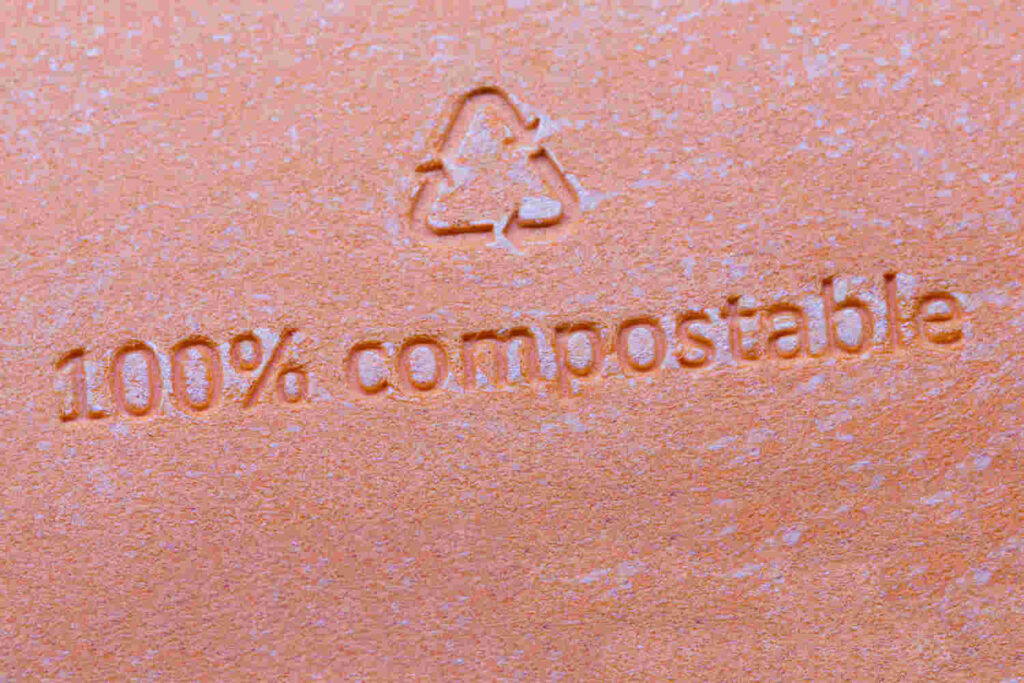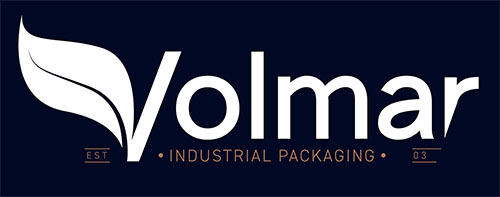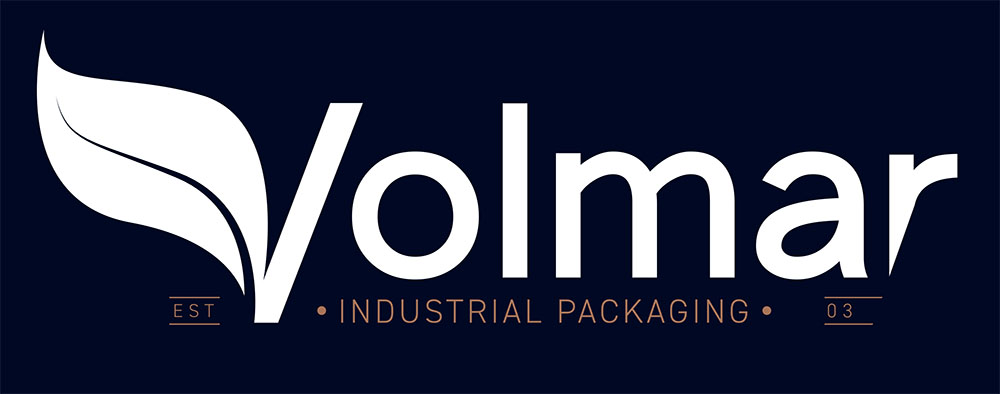
Compostable food packaging is an eco-friendly solution for product packaging in the food industry. It is a more environmentally friendly alternative to traditional plastic packaging because it can be disposed of with organic waste thanks as it only contains organic raw materials.
Compostable food packaging: what it is and how to recognize it
Compostable food packaging refers to particular types of biodegradable packaging for food. However, not all biodegradable packaging is compostable, only packaging that meets certain requirements. To be precise, compostable packaging must decompose in a certain amount of time, when subjected to specific, controlled conditions.
Compostable food packaging can be identified by the presence of specific certifications, which confirm the product’s biodegradable capacity, as required by standard UNI EN 13432. The recovery of material through composting allows for the packaging to be subsequently reused as a substrate or soil conditioner for farming or floriculture activities.
Examples of compostable packaging materials include some bioplastics and cellulose derivatives. One in particular is PLA, a biodegradable plastic known as polylactic acid. The material is obtained from organic raw materials like sugar cane, beet, potatoes and corn, and is used for compostable films for food packaging.
All the advantages of biodegradable packaging
Compostable packaging offers many advantages. Firstly, it is a valuable solution for recovering food waste and residue from farming, reusing these resources to create eco-friendly packaging with a low environmental impact. It also helps to reduce emissions of methane, a much more powerful and harmful gas than carbon dioxide as it has a higher climate-changing capacity than CO2.
It is possible to transform waste like packaging into a resource by converting packaging into organic compost. This high-quality compost is very useful as a natural fertilizer. Another benefit is that it helps to reduce the use of chemical fertilizers in agriculture and floriculture by using this alternative that is more environmentally and financially beneficial.
Sustainable and compostable food packaging enhances companies’ products as they can use eco-friendly packaging to convey their brand values to consumers. These products are also a convenient and practical solution for buyers, who can dispose of both the food and packaging in the same container for organic waste.
The use of compostable packaging also helps to increase waste sorting, reducing the number of materials that end up in general waste in landfills or waste-to-energy plants. They can also reduce contamination by plastic in organic waste, improving the quality of organic material recovery.
Where do you dispose of compostables?
Compostable packaging can be disposed of with organic waste, i.e. with leftover food and green waste. This aids the sorting of organic waste, a process that allows for the recovery of these materials for use as organic fertilizers and compost – a circular solution that reduces the pressure on landfills and favors the reuse of resources.
However, it is important to pay attention to biodegradable packaging because it does not necessarily mean that it is compostable. This is the case with oxo-degradable plastic – plastic polymers with additives added to speed up their decomposition. Official guidelines do not guarantee they are fully biodegradable in a reasonably short space of time, so they should not be disposed of with organic waste.
In any case, to be sure of how to dispose of food packaging, it is important to always read the product label. As stipulated in the new European regulations, packaging must report all the information about handling, specifying where to dispose of the packaging to ensure the material is recycled properly.
Eco-friendly alternatives to compostable packaging
Compostable eco-packaging is without doubt the future of food packaging; however, there are some eco-friendly alternatives out there that also help to reduce the environmental footprint of packaging in the food industry. For example, thermoformed barrier paper packaging is fully recyclable and has excellent properties like the barrier effect.
It is the same with high-barrier polyester (mono APET), which can be used for rigid films for the production of trays and other packaging, and is also compatible with products in MAP. Another sustainable alternative is packaging made from MATER-BI, a compostable and biodegradable bioplastic with a low environmental impact, used not only for food product packaging but also for bio-shoppers.
At Volmar, we offer a wide range of products for all requirements and provide dedicated solutions for biodegradable and compostable packaging for food products. With almost 20 years of experience in the sector, we can supply quality eco-friendly packaging at competitive prices, with a wide selection of products and technologies for all your food packaging needs.

